1. The Japanese Custom of Eating KFC on Christmas

In Japan, Christmas is celebrated in an unconventional way—by feasting on Kentucky Fried Chicken. This bizarre tradition started in the 1970s, when KFC ran a highly successful marketing campaign that positioned fried chicken as the perfect Christmas meal. Over time, it became so popular that people now pre-order their KFC meals weeks in advance to avoid the long lines. The idea of having fried chicken for a holiday meal is so ingrained in Japanese culture that even families who don’t normally eat fast food will indulge for the occasion shares the BBC.
On Christmas Day, KFC restaurants are packed with customers enjoying their “Party Barrel” or special Christmas packages, which include fried chicken, cakes, and side dishes. The marketing campaign’s success helped transform what was once a novelty into a full-fledged holiday tradition. For those unfamiliar with the practice, it might seem odd to replace turkey with fried chicken, but in Japan, it’s a beloved custom that adds a unique twist to the Christmas spirit adds CNN.
2. Eating Escamoles in Mexico – Ant Larvae Delicacy

In Mexico, escamoles, or ant larvae, are considered a delicacy. Known as “insect caviar,” escamoles have been enjoyed for centuries, even dating back to Aztec times. Harvested from the roots of agave and mesquite trees, these white, bean-shaped larvae are often sautéed with butter, garlic, and spices. The taste is described as buttery, nutty, and earthy, often served in tacos or alongside eggs explains Reddit.
While escamoles are considered a luxury food by many, outsiders may be shocked by the idea of consuming larvae. Despite this initial aversion, many locals and adventurous eaters consider escamoles to be a delicacy worth savoring. The rich history and distinct flavor profile make escamoles a fascinating—and sometimes surprising—part of Mexico’s culinary heritage shares Eat Your World.
3. The Italian “Cenone” – A Feast for New Year’s Eve
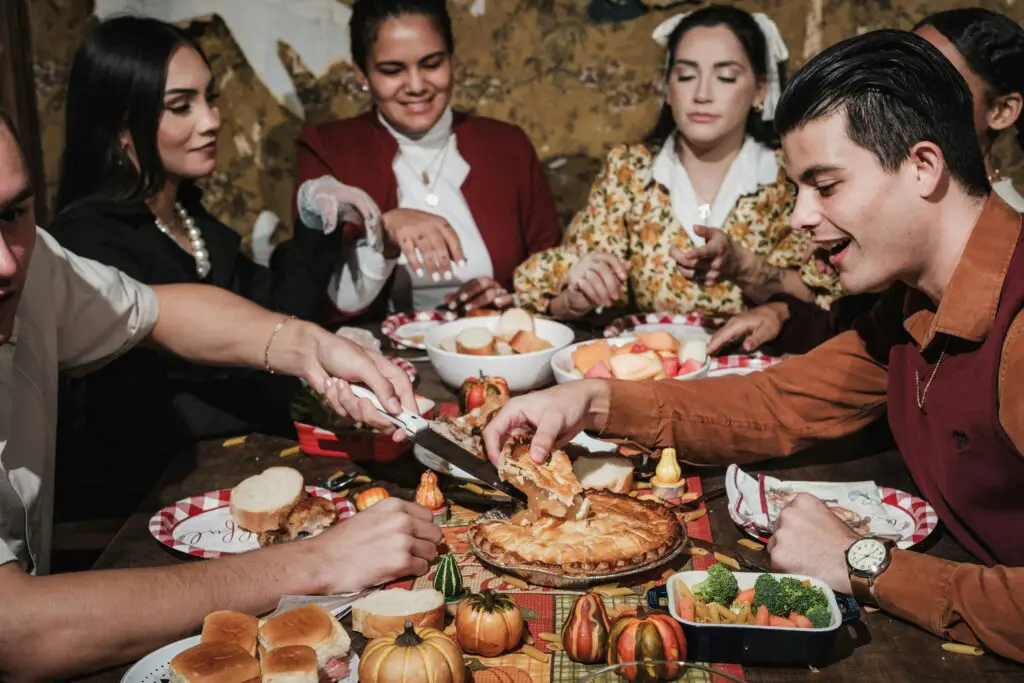
In Italy, New Year’s Eve is marked by a massive family feast known as “Cenone.” This multi-course meal starts late in the evening and stretches into the early hours of the New Year. The feast features rich dishes, including lentils, which are believed to bring good luck, and cotechino, a large sausage traditionally made of pork. While many cultures celebrate New Year’s with fireworks or parties, the Italian “Cenone” is all about food and family.
What might seem unbelievable to outsiders is the tradition of eating foods that symbolize wealth and prosperity. For instance, eating lentils at midnight is thought to bring good fortune for the year ahead. While this ritual is centered on food, it’s also about spending time with loved ones and ushering in the new year with abundance and hope.
4. The “Tongue-Cleaning” Ritual in India

In certain regions of India, a tongue-cleaning ritual is a part of religious observance. Traditionally, it involves eating a small amount of food or drinking a special brew meant to purify the body before engaging in prayer or meditation. This often includes foods with specific spices and herbs, believed to have cleansing properties. While many cultures incorporate food into religious practices, this tradition stands out because of the focus on purging impurities through dietary means.
The tongue is considered a key part of the body’s ability to absorb spiritual energy, and cleansing it is believed to promote mental clarity and purity. Outsiders might find the idea of consuming certain foods with the specific intention of “purifying” one’s tongue a bit unusual. However, for those who participate in the ritual, it’s an essential practice for spiritual well-being.
5. The “Cultural Feast of the Dead” in Guatemala

In Guatemala, the Day of the Dead, or “Día de los Muertos,” is celebrated with a unique culinary tradition. The most famous dish is “fiambre,” a cold salad made with a variety of meats, vegetables, and cheeses. This dish, which is prepared with an astonishing array of ingredients, symbolizes the reunion of the dead with the living, as families gather to honor their ancestors. The preparation of fiambre can take up to three days, with family members coming together to chop, boil, and season the numerous ingredients.
What makes this celebration particularly surprising to outsiders is the complex nature of the dish and the cultural significance it holds. The preparation of fiambre is seen as a sacred act, and the dish is consumed alongside other symbolic foods like sugar skulls and marigold petals. To those unfamiliar with the practice, it might seem strange to eat such a large and elaborate meal in remembrance of the dead, but for Guatemalans, it’s an important way to stay connected with their ancestors.
6. The Swedish Tradition of Surströmming

Surströmming is a fermented herring dish from Sweden that is so pungent it’s often considered a rite of passage for adventurous eaters. The fish is left to ferment for months in a sealed can, which leads to an incredibly strong smell when the can is opened. While it’s a beloved delicacy in Sweden, with dedicated festivals centered around it, many outsiders find the idea of eating such a stinky dish quite unbelievable.
Traditionally, surströmming is eaten with flatbreads and accompanied by potatoes, onions, and sour cream to balance out its intense flavor. The fermentation process may seem off-putting to those unfamiliar with it, but for Swedes, it’s a cherished part of their culinary tradition. The annual surströmming festivals have even turned the dish into a cultural celebration, showcasing just how integral this odorous delicacy is to Swedish heritage.
7. The French “Fête de la Gastronomie” – A Celebration of Food

In France, the “Fête de la Gastronomie” is a nationwide celebration of food and its cultural importance. This three-day event, held every fall, sees entire villages, towns, and cities hosting events centered around French cuisine. The festival highlights everything from bread baking to the crafting of exquisite wines, cheeses, and pastries. While it’s a lovely way to honor French culinary artistry, the sheer scale and enthusiasm for the celebration might seem over-the-top to those from other cultures.
The festival is not just about eating but about revering food as an art form. Events range from public cooking demonstrations to grand banquets where people come together to share meals and discuss culinary traditions. The idea of turning food into a full-blown celebration in this way is quite extraordinary to anyone unfamiliar with the deep-rooted French reverence for gastronomy.
8. The Icelandic Þorramatur – A Midwinter Feast
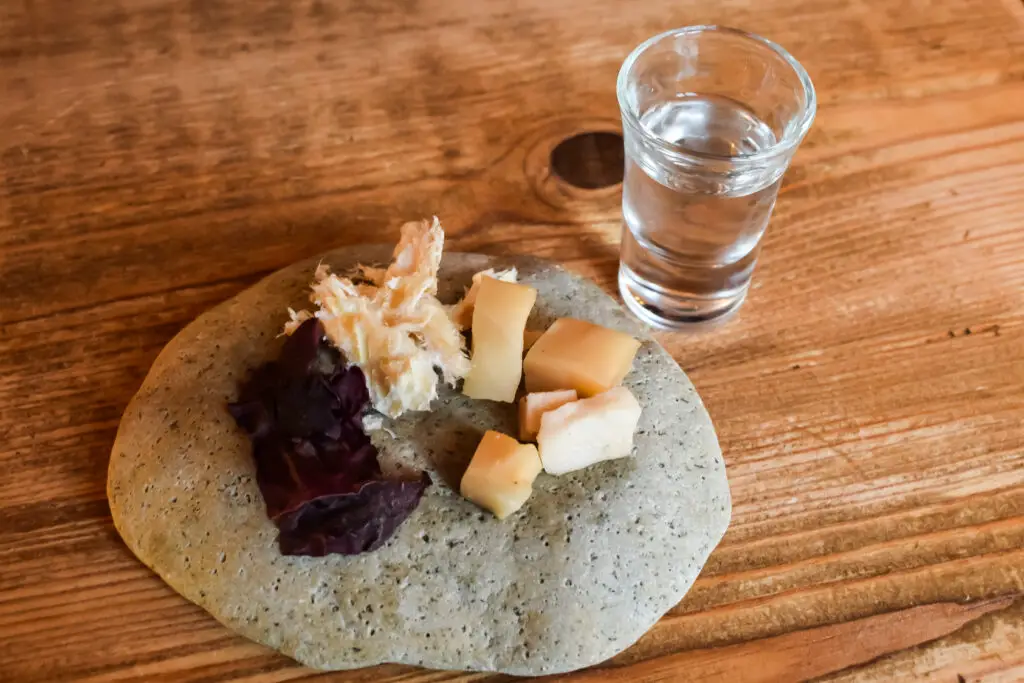
Iceland’s Þorramatur, or “Þorramathur,” is a traditional midwinter feast that involves eating a variety of preserved meats, including fermented shark, cured lamb, and blood pudding. The meal is consumed during the month of Þorri, a time that historically marked the coldest and darkest days of the year. While some of the dishes, like the fermented shark, may seem challenging to outsiders, they hold deep cultural significance in Icelandic history.
The foods on the Þorramatur spread are all about utilizing preservation techniques that were vital for survival in Iceland’s harsh winters. What might seem unbelievable to those outside of Iceland is the celebration of these preserved foods, which are often considered an acquired taste. Yet for Icelanders, this feast is a beloved ritual that connects them to their heritage and provides warmth during the long, dark winter nights.
9. The Ethiopian Coffee Ceremony
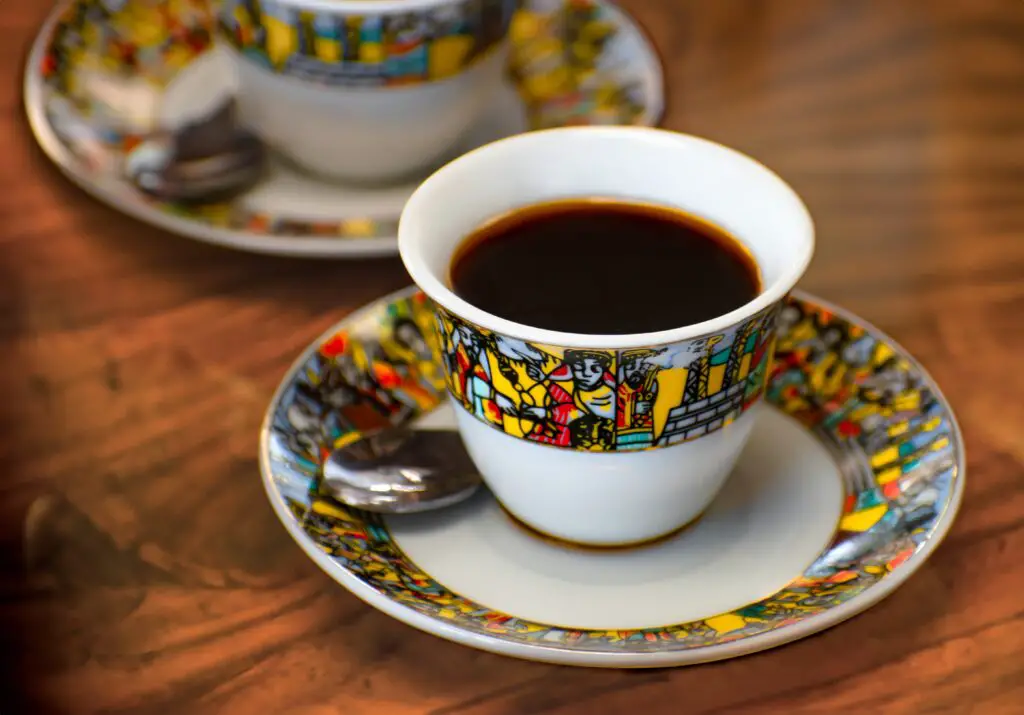
The Ethiopian coffee ceremony is a vital part of Ethiopian culture and is considered much more than just drinking coffee. The process is often performed by a designated host, who roasts green coffee beans over an open flame, grinds them by hand, and brews the coffee in a traditional pot known as a “jebena.” The ceremony itself can take several hours and is a time for socializing, offering hospitality, and enjoying the intricate flavors of freshly brewed coffee.
For outsiders, the length and ritualistic nature of the ceremony may seem excessive, especially when coffee is typically seen as a quick beverage in many cultures. However, in Ethiopia, coffee is a symbol of respect, tradition, and community. The time and care taken to prepare and serve the coffee make it a meaningful social event, and drinking coffee in this way strengthens ties between individuals and communities.
10. The Balinese Ceremony of Offering “Canang Sari”

In Bali, food offerings play an important role in daily religious practices. One of the most common offerings is the “canang sari,” a small basket made from palm leaves filled with flowers, rice, and sometimes sweets. These offerings are placed at temples, homes, and businesses as a gesture of gratitude to the gods and to promote good fortune. The intricate details of the offering, as well as the timing of when and where it is placed, reflect a deep spiritual connection to food.
To outsiders, the idea of using food primarily for spiritual purposes may seem unusual. However, for the Balinese people, the act of creating and presenting these food offerings is an essential part of their culture. It’s not just about food—it’s about the spiritual energy that food can carry and how it connects individuals to the divine forces in their lives.
11. The Spanish “Turrón” at Christmas
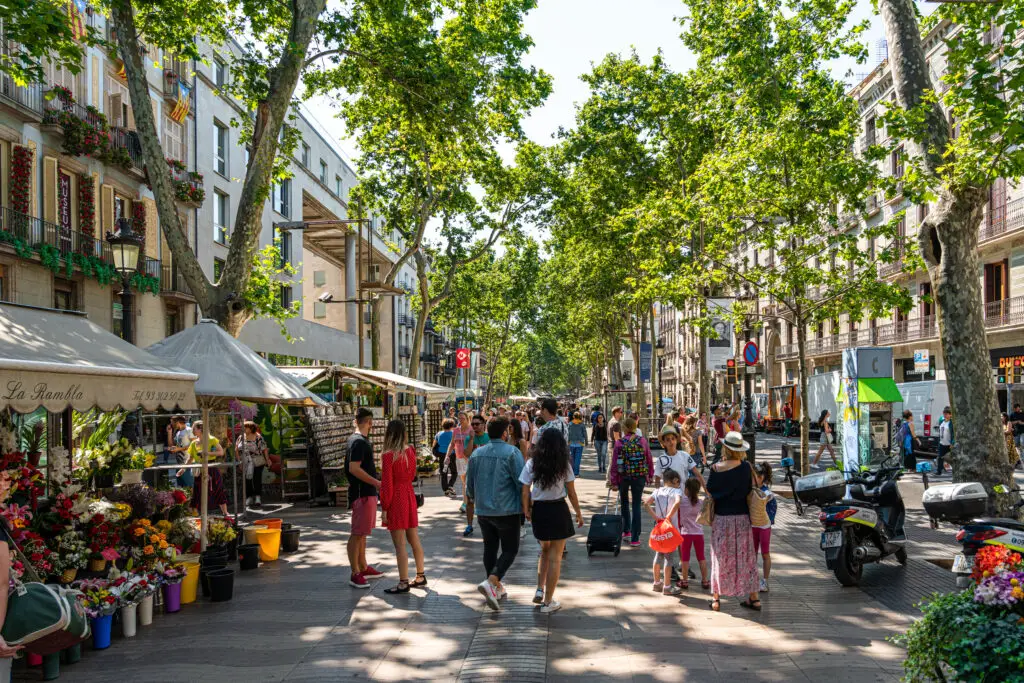
In Spain, Christmas is marked by the consumption of “turrón,” a type of nougat made with almonds, honey, and egg whites. While this sweet treat is familiar to many, in Spain, it’s an essential part of holiday celebrations. The tradition dates back to the 15th century, and every family has their own recipe or preferred brand. The significance of turrón goes beyond the dessert itself—it symbolizes the joy and togetherness of the holiday season.
What might seem unbelievable to outsiders is the extent to which turrón is integrated into every aspect of the Spanish Christmas experience. From large family gatherings to formal Christmas dinners, no holiday celebration is complete without this sweet delicacy. For Spaniards, turrón represents more than just a dessert—it’s a sweet reminder of tradition and holiday cheer.
12. The Chinese Mooncake Festival
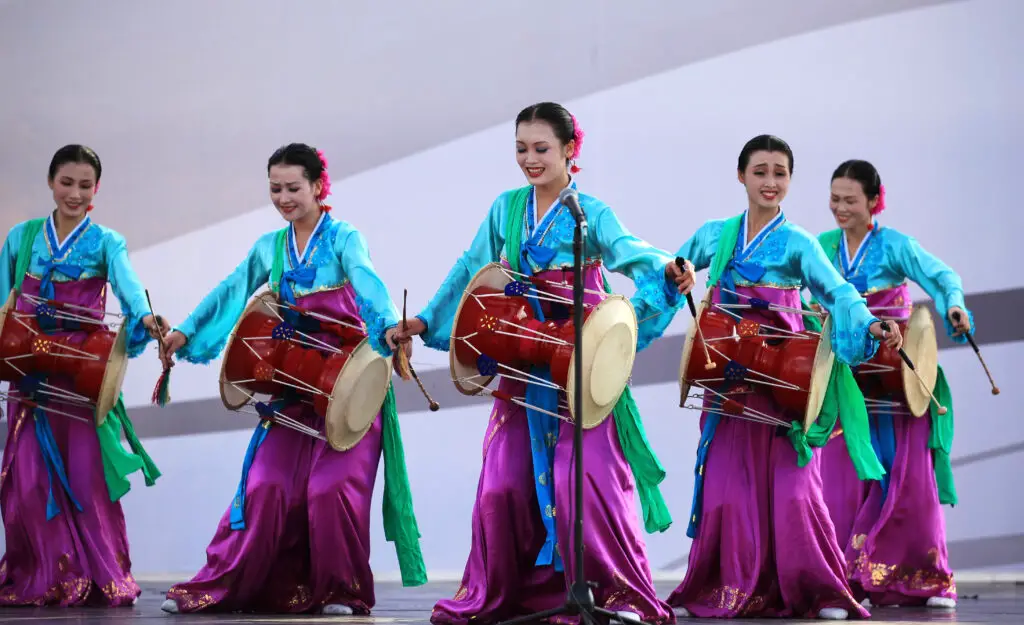
The Mooncake Festival, or Mid-Autumn Festival, in China is a celebration of the harvest and family reunion. During this time, families exchange mooncakes, a round pastry filled with various fillings like lotus seed paste, red bean paste, or salted egg yolks. These rich cakes are often given as gifts, and their round shape symbolizes unity and completeness. The mooncake’s significance is linked to the idea of gathering under the full moon, a symbol of togetherness and prosperity.
To outsiders, the dense and sweet mooncake might seem like an acquired taste, especially with its salted egg yolk filling. However, in China, these cakes are deeply ingrained in the culture and signify respect, unity, and the passing of time. Sharing a mooncake is a cherished ritual that strengthens bonds between families and friends, making it an unforgettable part of the Mid-Autumn Festival celebration.
